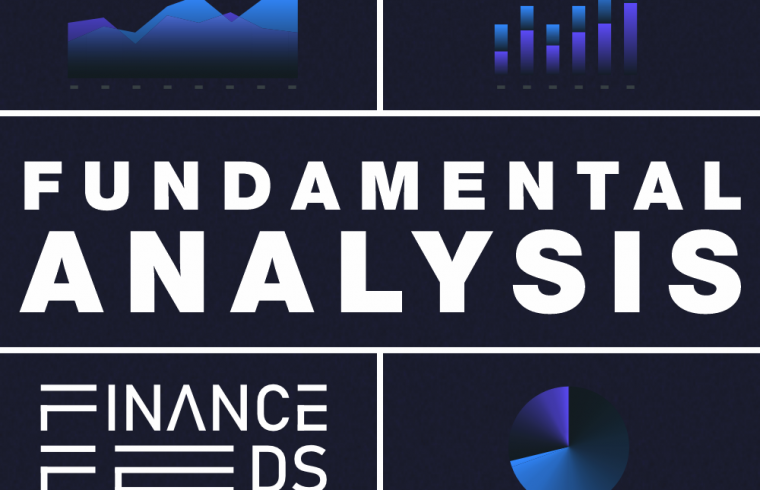Weak Yen from Japan’s loose policy, strong US dollar, and global inflation. Fed meeting eyed for rate hike clues.
Yen Intervention: The Japanese Yen (JPY) has been on a downward spiral against the US Dollar (USD) due to a confluence of factors. The Bank of Japan’s (BoJ) ultra-loose monetary policy, characterized by keeping interest rates near zero, has weakened the JPY compared to the USD, where interest rates are anticipated to rise. This divergence in monetary policy reflects the contrasting economic situations in both countries. Japan struggles with persistent deflation, while the US grapples with rising inflation. To stem the tide of the weakening Yen, there has been speculation that Japan intervened in the foreign exchange market by selling USD and buying JPY. This intervention, if confirmed, is aimed at artificially strengthening the Yen by influencing supply and demand. However, analysts warn that such interventions are often temporary fixes and may not provide long-term stability to the Yen.
Federal Reserve Policy: The US Federal Reserve (Fed) is taking a cautious approach regarding interest rates. They are likely to maintain the current rates until they are certain that inflation has peaked and is on a clear downward trajectory towards their target rate of 2%. This wait-and-see approach is influenced by their desire to avoid hindering economic growth while also curbing inflation. A strong stance on inflation, often referred to as hawkish policy, is positive for the USD. Investors seeking higher returns are drawn to USD assets as interest rates rise, increasing the overall demand for the dollar. Conversely, this policy stance is negative for Gold (XAU/USD). Since gold doesn’t offer any interest or yield, holding it becomes less attractive when interest rates rise on other assets like bonds. This dynamic can lead to a decrease in the price of gold.
Global Inflation: The specter of inflation continues to loom large, fueled by recent economic data from major economies like the US and Europe. These reports revealed higher-than-expected inflation rates, stoking concerns about a potential prolonged period of inflation. This could prompt central banks like the European Central Bank (ECB) to follow the Fed’s lead and raise interest rates more aggressively than previously anticipated. Similar to the US, higher interest rates in the Eurozone would strengthen the Euro (EUR) relative to the Yen (JPY). Additionally, rising interest rates globally put downward pressure on Gold (XAU/USD) as alternative investments become more enticing.
Economic Data: This week promises to be data-heavy, with several key economic indicators scheduled for release. The Nonfarm Payrolls report from the US will provide insights into the health of the US labor market, particularly job creation. A strong report could solidify the Fed’s stance on raising interest rates. The Federal Open Market Committee (FOMC) meeting will be another pivotal event, where the Fed will announce its decision on interest rates and provide guidance on future monetary policy. Investors will be keenly watching for any changes in the Fed’s stance on inflation and its plans for future rate hikes. Finally, the release of Eurozone CPI data will offer a glimpse into inflation trends in the European Union. This data point will influence the European Central Bank’s (ECB) approach to monetary policy, potentially impacting the Euro’s exchange rate and the price of Gold (XAU/USD).
Upcoming economic news highlights:
- EU Gross Domestic Product (GDP) (30th April, various times): This is a very high impact release as GDP is a key indicator of the overall health of the Eurozone economy. There are four releases throughout the day providing a comprehensive picture of GDP growth (QoQ and YoY), estimated GDP, and GDP with adjustments.
- NZ Unemployment Rate (30th April, 10:45 PM): This is a high impact release because the unemployment rate is a crucial indicator of labor market health in New Zealand. A lower rate signifies a stronger job market.
- NBS Manufacturing PMI and Non-Manufacturing PMI (China) (30th April, 1:30 AM): These are high impact releases as PMI (Purchasing Managers’ Index) data provides insights into business activity and economic health in China’s manufacturing and non-manufacturing sectors. A reading above 50 suggests expansion, while below 50 indicates contraction.
- Core Harmonized Index of Consumer Prices (Eurozone) (30th April, 9:00 AM): This is a high impact release because it measures inflation excluding volatile components like food and energy. It can influence the European Central Bank’s (ECB) monetary policy decisions.
- ISM Manufacturing PMI (US) (1st May, 2:00 PM): This is a high impact release as ISM Manufacturing PMI is a key indicator of economic health in the US manufacturing sector. A reading above 50 suggests expansion, while below 50 indicates contraction.
The subject matter and the content of this article are solely the views of the author. FinanceFeeds does not bear any legal responsibility for the content of this article and they do not reflect the viewpoint of FinanceFeeds or its editorial staff.
The information does not constitute advice or a recommendation on any course of action and does not take into account your personal circumstances, financial situation, or individual needs. We strongly recommend you seek independent professional advice or conduct your own independent research before acting upon any information contained in this article.












